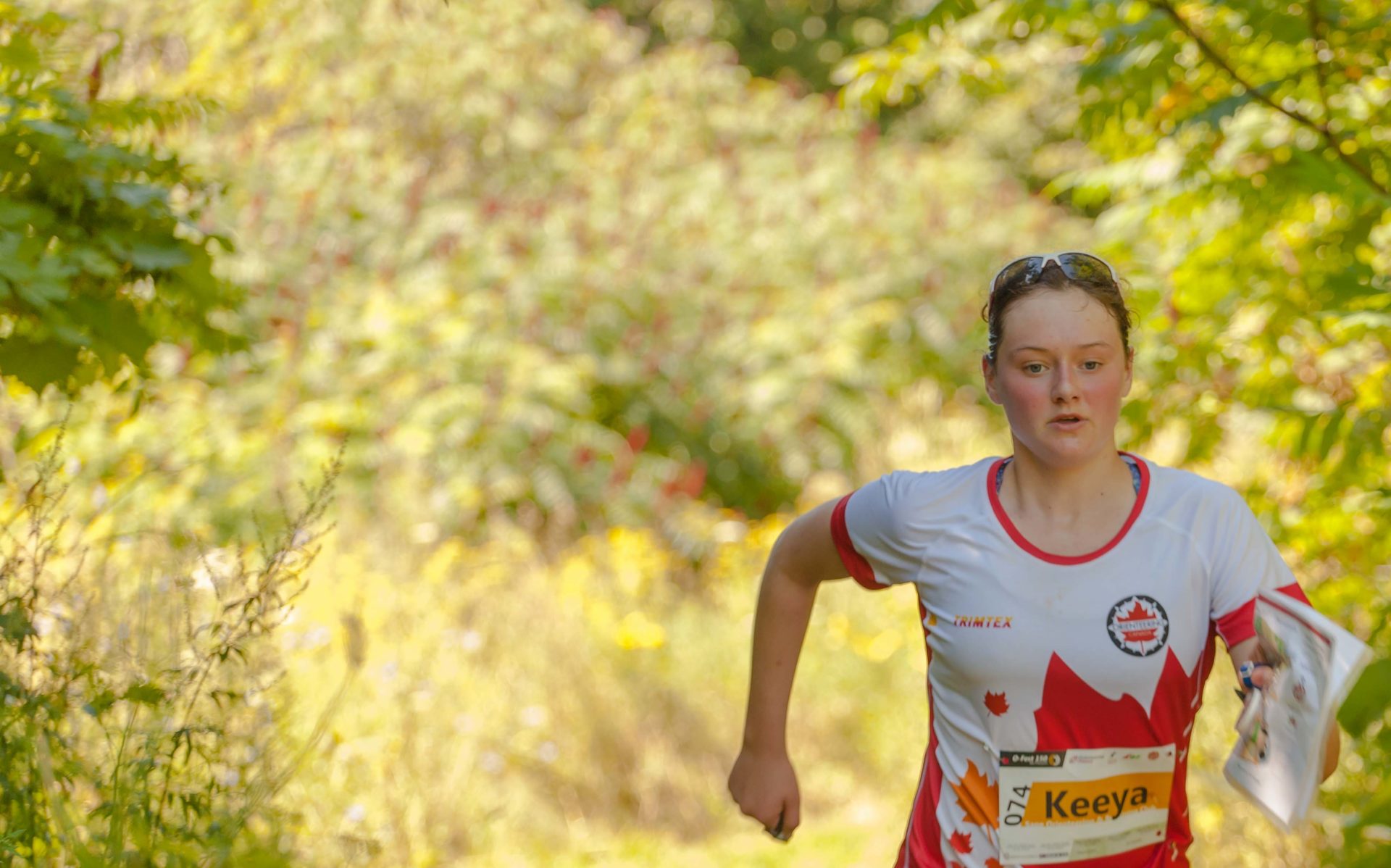
Original photo credit: Juls Hanvey.
This has been a year like no other in the history of orienteering. Essentially every major competition, from the Canadian Orienteering Championships to the World Orienteering Championships, from O-Ringen to the World Masters Orienteering Championships, has been cancelled, or postponed until 2021. These were very hard decisions, especially for the organizers who have often been working hard for years to prepare everything these events, but also for the participants who were eagerly looking forward to the high level of competition and organizational quality that such events offer. On the local scale, every orienteering nation has had to curtail club activities as well, as part of the overall restrictions aimed at minimizing community transmission of the virus. Although the world waits impatiently for the development and deployment of an effective COVID19 vaccine, there is little realistic chance of one becoming universally available for at least another year, which makes it quite possible that all those events that have been postponed to 2021 may end up being postponed yet again. The prospects beyond that also remain uncertain, until we learn more about the ability of this virus to mutate to new virulent forms, and the ability of our immune systems to maintain effective long-term antibody protection.
Orienteers are smart and creative people, however, and a range of strategies have been exploited to enable us to get our weekly ‘fix’ of navigational excitement, while still maintaining appropriate practices that avoid any virus transmission – on-site social distancing, contactless time recording, on-line registration and results uploading, and a number of GPS-based software applications (e.g. MapRunF) that make it possible to offer a course (on a suitably prepared map) with each control location identified by its GPS coordinates. These innovations have been adopted by most O clubs around the world, and they have enabled a certain level of training activity and local competition to be maintained. In British Columbia, viaSport even provided extra funding to OBC for the purchase of contactless (SI-Air) timing sticks for all the clubs in BC!
What is inevitably missing from this scene, however, it the social dynamic of meeting your fellow orienteers face-to-face, and this is keenly felt. In the short term, most people accept that this isolation is the price we are all paying in order to maintain community-based disease control, but if COVID19 restrictions have to remain in place for a number of years (a real possibility as the second, and third, and… waves roll through), the fear is that recruitment and retention of both new members and long-term members will suffer. It may not be sufficient to rely on the traditional models of O activities which typically involve people congregating, either casually or as organized teams; even more new strategies, technologies and innovations might be needed, ones that allow some level of social interaction while still avoiding virus transmission.
On the bright side, the COVID19 pandemic has led to a striking increase in the number of people wanting to get into the outdoors, to counteract their work-at-home/no-gatherings social isolation, and orienteering can provide an ideal recreational outlet. School teachers, in particular, are keener than ever to introduce orienteering as an in-school activity for their students, for both the technical and life skills it helps build in young people. It will be important for the orienteering community to actively respond to these inquiries and reach out to both organized groups and the general public with O resources and innovative programming. In the long run, everyone will benefit.
 Orienteering BC
Orienteering BC